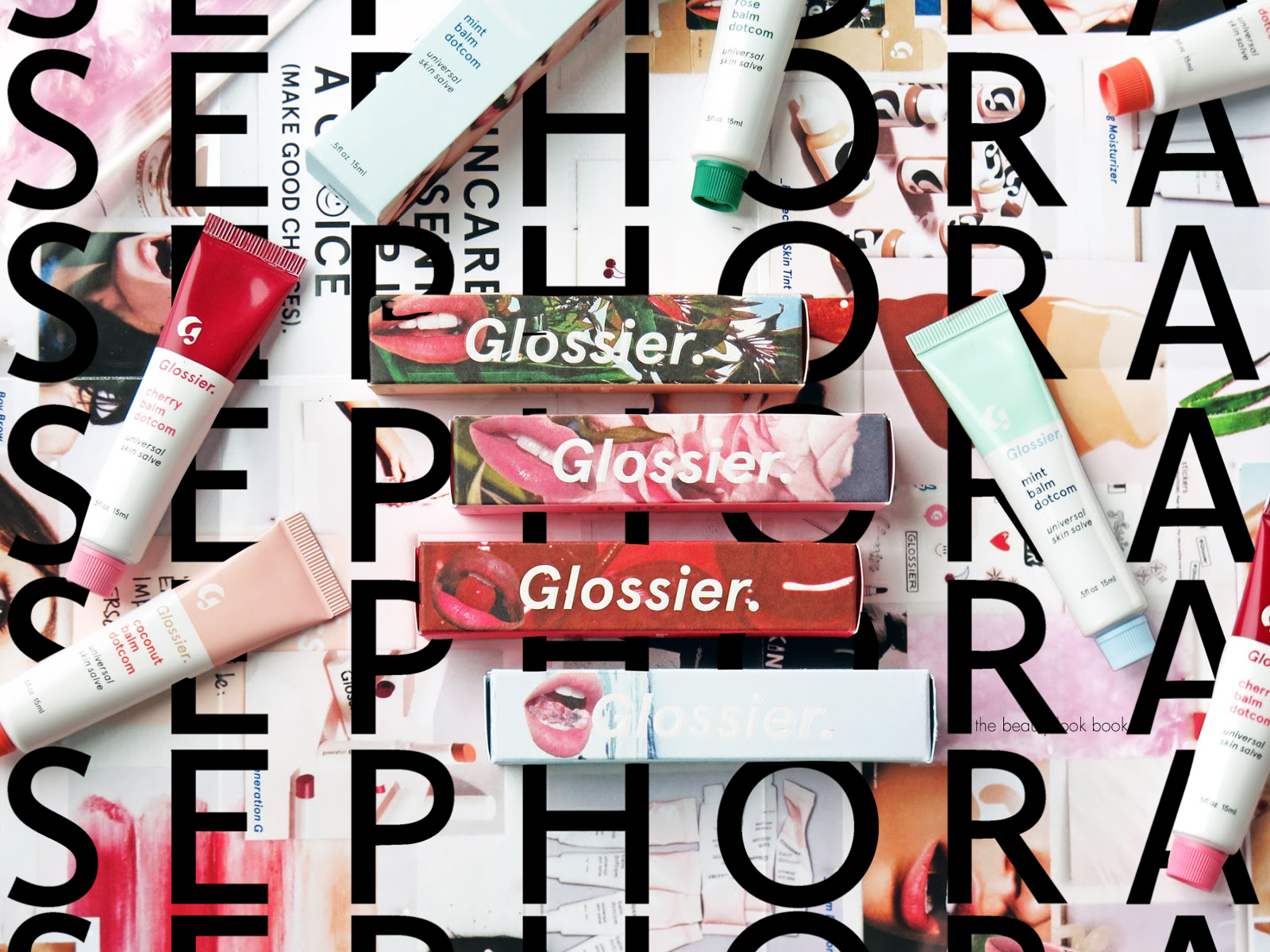Glossier x Sephora
Graphic by Anika Dua
The Glossier we all know and love has just joined forces with the makeup giant Sephora, marking its first ever retail partnership. Glossier is a very community-oriented brand that is known for their clean aesthetic and relatively affordable prices. On the other hand, Sephora is a globally popular makeup retailer where a shopping trip can quickly grow very pricey. With Glossier recently under new leadership, this begs the question as to how the previously exclusive and self-sustained Glossier will continue to expand. Let’s take a look at the business POV of this recent and very exciting collaboration.
Glossier’s founder and former CEO, Emily Weiss, stepped down from her role last year, passing control on to Kyle Leahy, whose mission has been to grow the company. Right off the bat, Leahy made changes to Glossier’s marketing strategies, moving away from a community-led approach to rely more on influencers and celebrities. Popstar Olivia Rodrigo pioneered this new method, creating her own Glossier collection. Leahy also began the process of reopening stores across the US, expanding their flagship locations beyond Los Angeles. Each flagship store has its own unique look to match Glossier’s minimalist vibe, and even offers products like makeup bags and water bottles unique to each location.
In an interview with Vogue Business, Leahy explained that her goal is to bring Glossier to more people, which will be accomplished with their new broad omnichannel strategy. In the business world, an omnichannel strategy is an approach to sales and marketing that aims to provide customers with a “fully integrated shopping experience.” This means that customers will receive the same message and experience across brick and mortar stores, websites, and social media platforms. Ultimately, this allows for a wider reach for the brand, and lets customers have a universal Glossier experience to build a connection with the company.
Before Leahy made this shift, Glossier relied on a direct-to-consumer (DTC) marketing strategy. Rather than going through the more mainstream method of reaching customers through partnerships with retailers that made products widely accessible, the company had skipped these traditional methods to sell directly to the customer. This was mainly achieved through Glossier’s limited flagship stores and website, where they sold and distributed their own products.
Now, Sephora is officially partnered with Glossier and their products have launched at Sephora locations across the US and Canada and online . However, forming partnerships like this means that Glossier will have to give up some of their brand positioning. Brand positioning is how a company presents their unique values to customers, establishes their identity, and convinces customers they are preferable to other companies. Since Sephora is now carrying Glossier products, the two brand’s positions are inherently going to overlap. Even with this new overlap, Leahy believes Glossier will remain personable and community oriented, with the added benefit of being more accessible to a wider clientele. Sephora will undoubtedly benefit from this partnership as well, after Glossier rebounded following the COVID-19 pandemic and continues to grow.
When Emily Weiss launched Glossier in 2014, the company mostly gained popularity through word of mouth and gained a very niche following. They have held true to their clean aesthetic and “no makeup” makeup look, maintaining that their mission is to “give voice through beauty,” by highlighting customer’s natural features. Today, the company has grossed a net worth of $1.8 billion, which will presumably continue to grow with help from Sephora’s popularity as a beauty retailer. Only time will tell if Glossier will thrive under its new leadership and expansion plan, with Sephora’s partnership likely being the first of many changes for the company.

